bumblebees
Bumblebees Cannot Taste Pesticides in Nectar Even at Lethal Concentrations
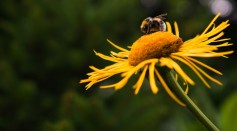
More Than a Human Problem: Air Pollution Changes Gut Microbiome of British Bumblebees, Affects Bee Health and Different Ecosystems
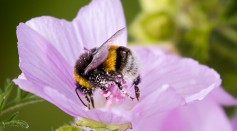
Climate Change Is Causing Bees to Be More Stressed; Museum Collections Show How This Has Taken Place [Study]

Tiny Bees vs Large Bumblebees: Which Cope Better, Struggle More Against Climate Warming?
Flowers Use Humidity as Invisible Tactic to Attract Bumblebees for Pollination
Bees: What Do We Really Know?
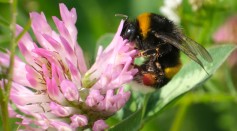
Pesticide Is The Reason Bees Are Not Getting Adequate Sleep
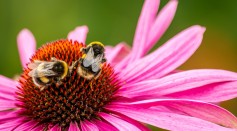
New Study Reveals Large Bumblebees Learn the Best Flowers’ Spots

Present Levels of Radiation in Chernobyl Still Harmful, Even For Bees
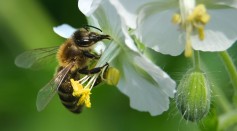
Bee Tongue Sizes and Cultivated Habitats: What Could Ecology Do to Protect Bee Populations?
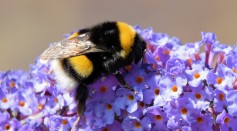
No Pollen? No Problem! Bees Puncture Plant Leaves to Accelerate Flower Production
Creating an Excellent Blueberry Crop Requires Bees
Electronically Modified Insects Used For Spy Cam: Military Applications, Search & Rescue & Other Human-Guided Activities
Birds vs Bees: Flowers Evolved To Lure Specific Pollinators
Most Popular

How Technology Is Changing the Real Estate Industry?

Study Reveals High Turnover in Scientific Research Careers: What This Means for Future Scientists

How a Plant-Based Diet Can Protect Against Breast Cancer: Insights from Nutrition Research

Practical Steps to Future-Proof Your Money to Create Financial Security






